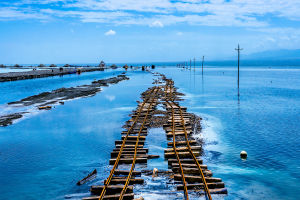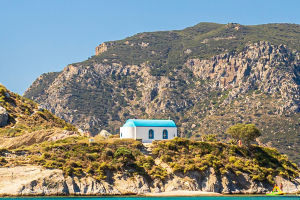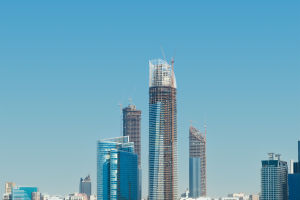Lake Päijänne: The Largest Lake in Finland
Overview and Statistics
Lake Name: Lake Päijänne
Country: Finland
Surface Area: 1,083 square kilometers
Maximum Depth: 95 meters
Average Depth: 16 meters
Lake Type: Natural
Length: 120 kilometers
Catchment Area: 25,400 square kilometers
Altitude: 78 meters
Volume: 18.1 cubic kilometers
Outflows: Kymi River
Islands: 1,886 islands, including Virmailansaari, Salonsaari, Judinsalo, Onkisalo, Paatsalo, Muuratsalo, Haukkasalo, Vuoritsalo, Mustassalo, Edessalo, and Taivassalo
Shore Length: 1,140 kilometers
Mixing Type: Dimictic
Settlements: Asikkala, Jyväskylä, Korpilahti, Kuhmoinen, Luhanka, Muurame, Padasjoki, Sysmä
Frozen Period: December to May
Trophic State: Oligotrophic
Geography and Geology
Lake Päijänne is renowned for its intricate geography, characterized by thousands of islands. Some of the largest islands include Virmailansaari, Salonsaari, Judinsalo, and Muuratsalo. The lake’s open water areas, such as Ristinselkä, Vanhanselkä, Tehinselkä, and Asikkalanselkä, offer vast and tranquil vistas.
The lake is Finland’s deepest, with a maximum depth of 95 meters. Its irregular shoreline and dense forested surroundings make it a hub for timber transportation. Lake Päijänne’s origin lies in the land uplift following the last Ice Age, shaped by ancient faults in the bedrock. The predominant geological composition includes Precambrian granite and gneiss, which form the foundation for its sandy beaches.
Climate
The region experiences four distinct seasons. Winter temperatures can plummet to -15°C to -20°C, while summer brings milder conditions with averages of around 20°C. Peak summer temperatures can reach up to 25°C to 27°C. The area’s long daylight hours, especially in summer, make it an appealing destination for outdoor enthusiasts.
Transportation
Dear Lykkers! Lake Päijänne connects to several nearby lakes, including Kertele, Vesijärvi, and Ruotsalainen, through canals. Historically, it was a major transportation hub in central Finland. Although its role in freight and passenger transport has diminished, the lake now caters to tourism, with scenic boat tours being a prominent feature.
A notable infrastructure highlight is the Päijänne Water Tunnel, an underground aqueduct linking the lake to Helsinki. This tunnel is a vital water source for Finland’s capital city.
Tourism and Recreation
Lake Päijänne is celebrated for its pristine waters and diverse recreational opportunities. Its clear waters and abundant fishing grounds attract anglers, with species like pike, perch, zander, and brown trout thriving in its bays and open waters. Popular water sports include boating, canoeing, and sailing.
The Päijänne National Park, established in 1993, spans 14 square kilometers and is situated in the lake’s southern region. It features sandy eskers, isolated lagoons, and small islets, making it a haven for nature enthusiasts. Another nearby gem is the Leivonmäki National Park, offering marked trails and scenic viewpoints.
Bird-watching is a favored activity, with ducks, geese, herons, and other species commonly spotted. Nature lovers can also explore the region’s flora, including wild berries, mushrooms, and over 300 plant species such as heath spotted orchids and water forget-me-nots.
Interesting Facts
Surface Area: 1,100 square kilometers
Volume: 17.8 cubic kilometers
Maximum Depth: 98 meters
Mean Depth: 17 meters
Water Level Regulation: Controlled
Annual Water Level Fluctuation: Approximately 1 meter
Shoreline Length: 1,140 kilometers
Residence Time: 2.7 years


